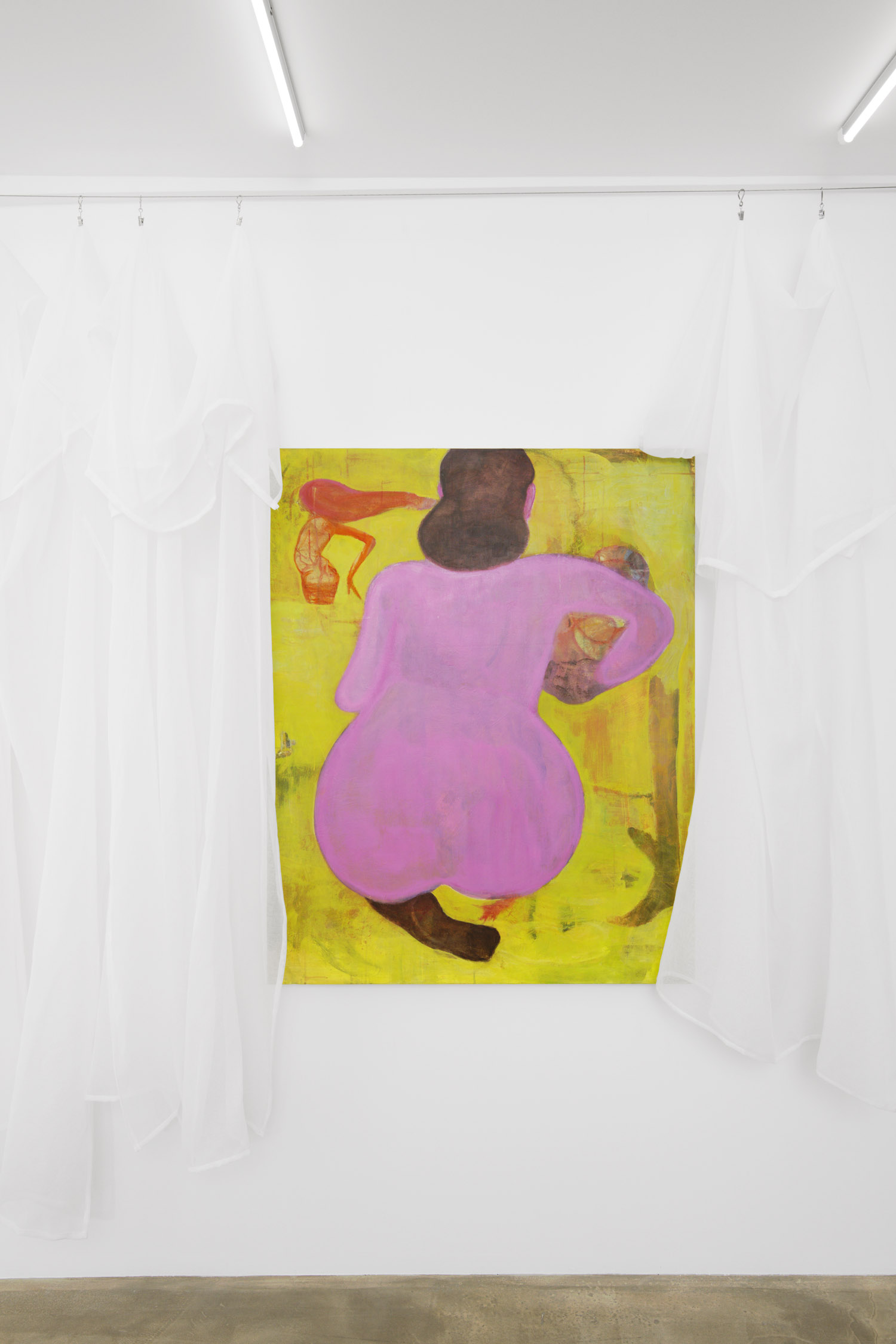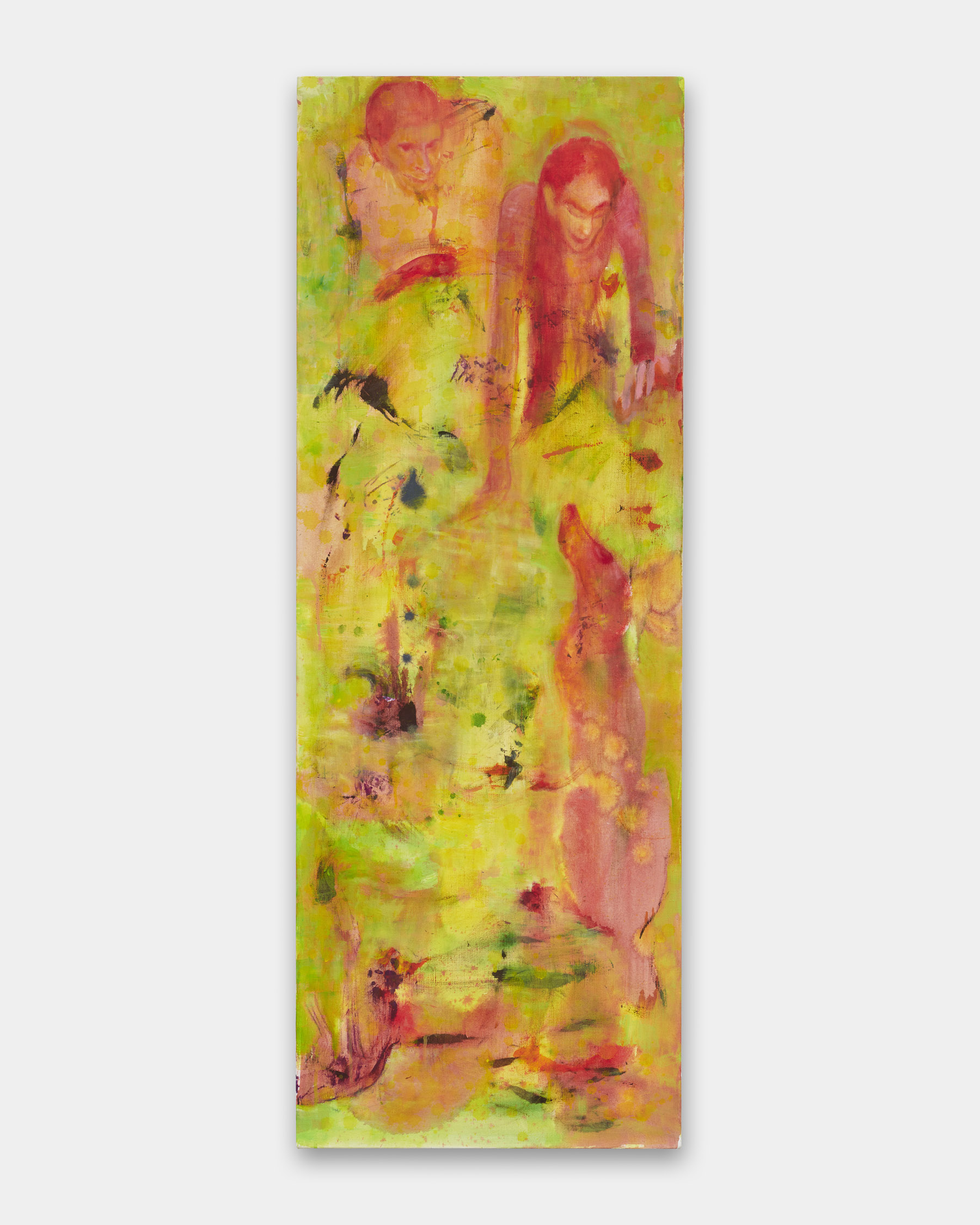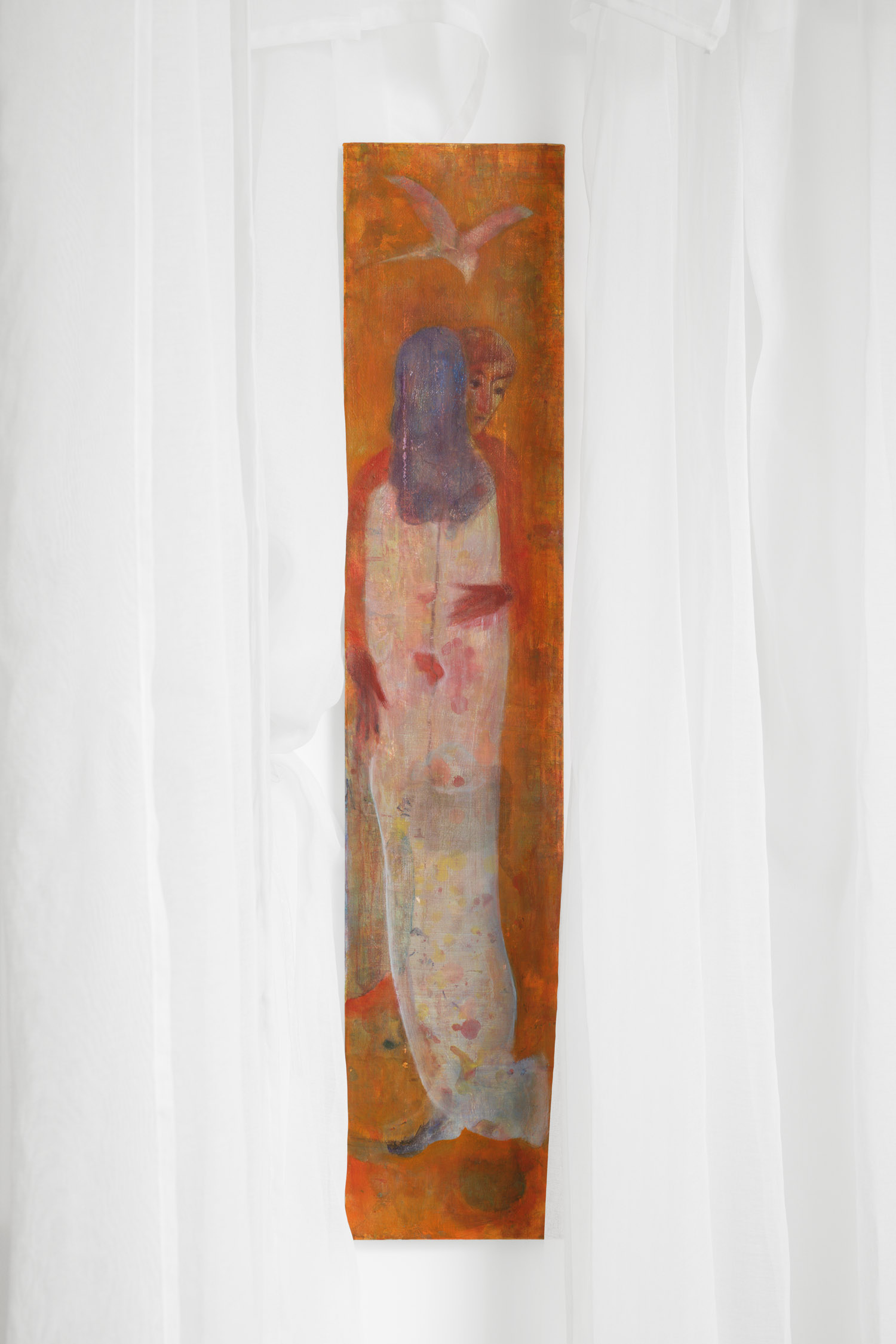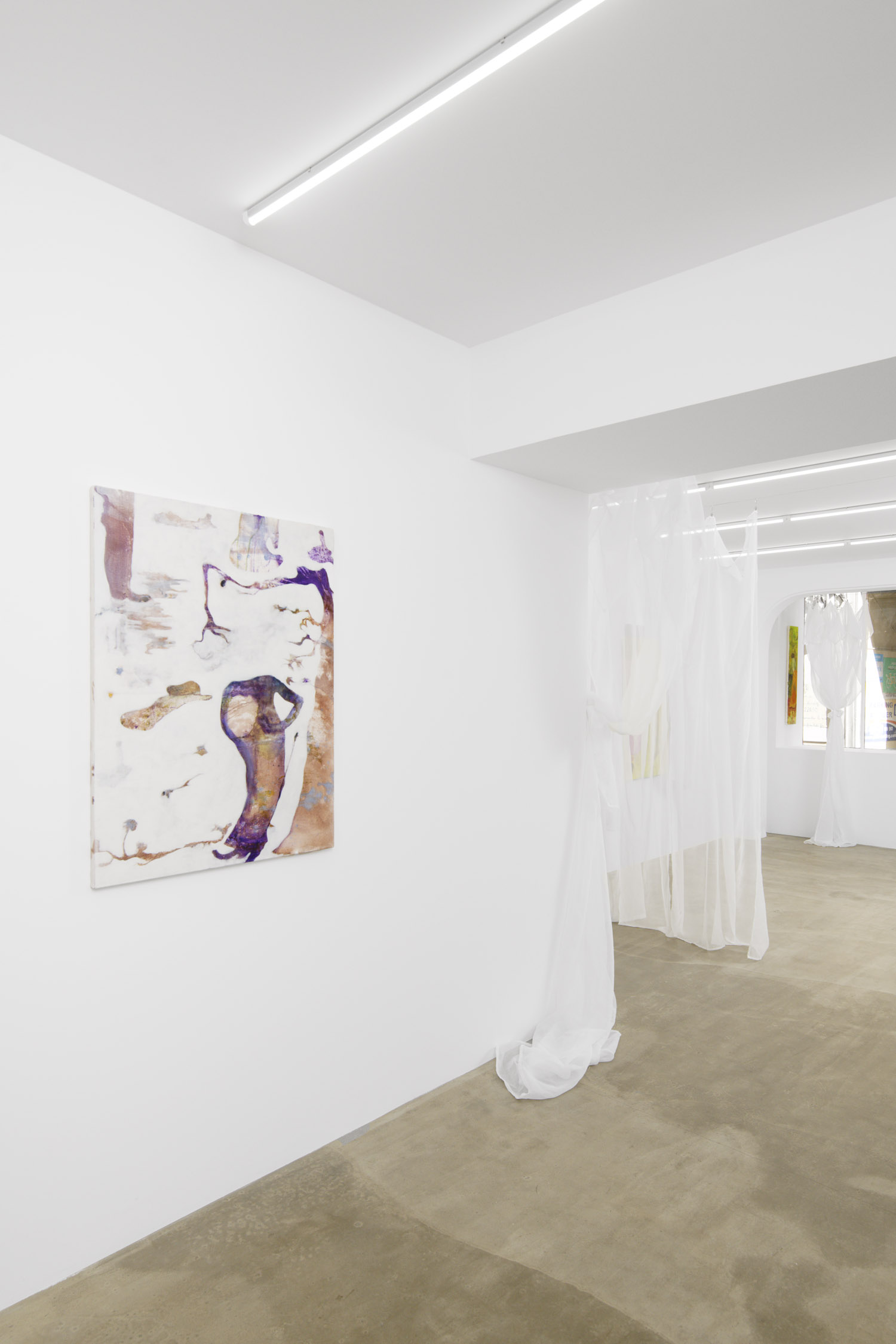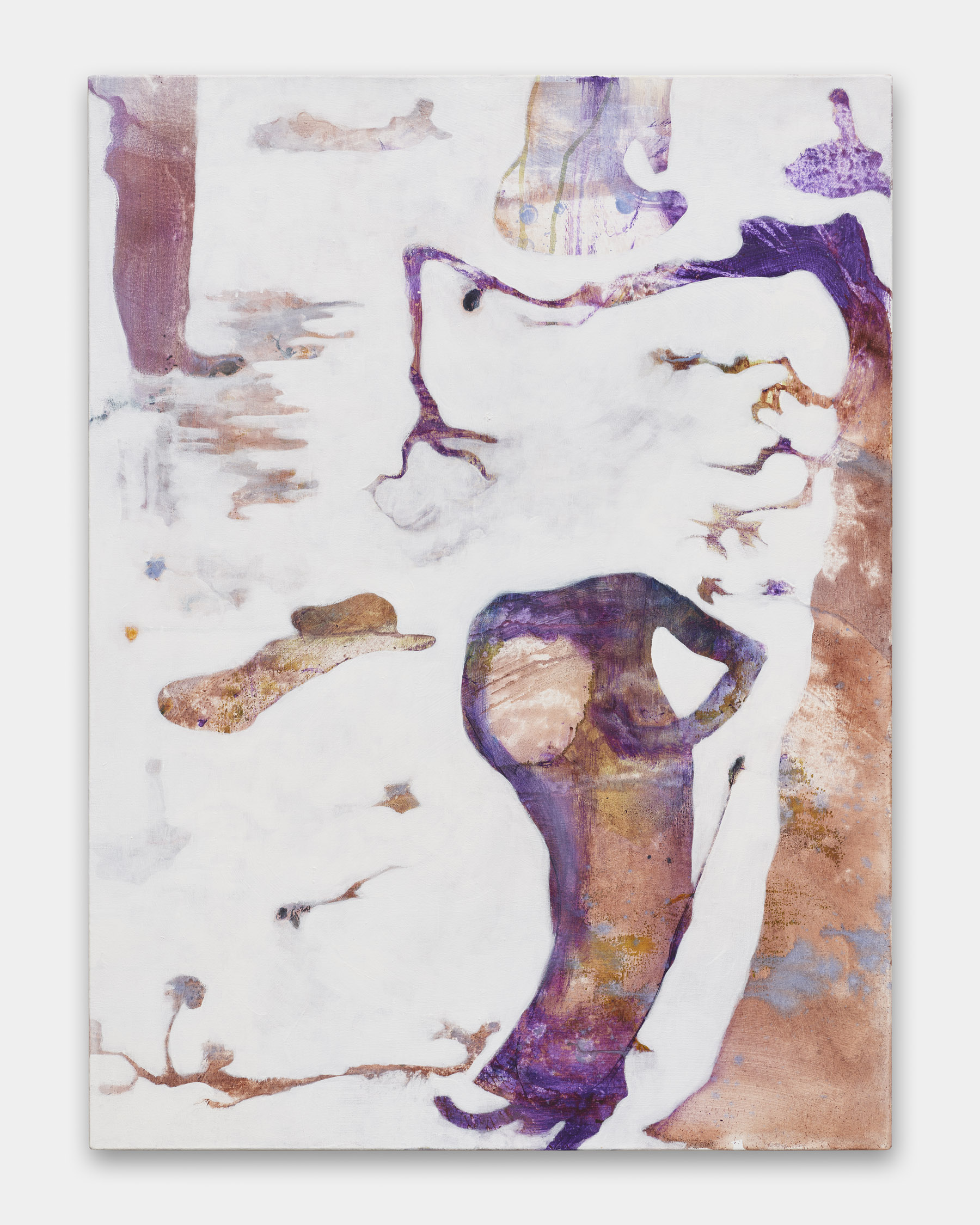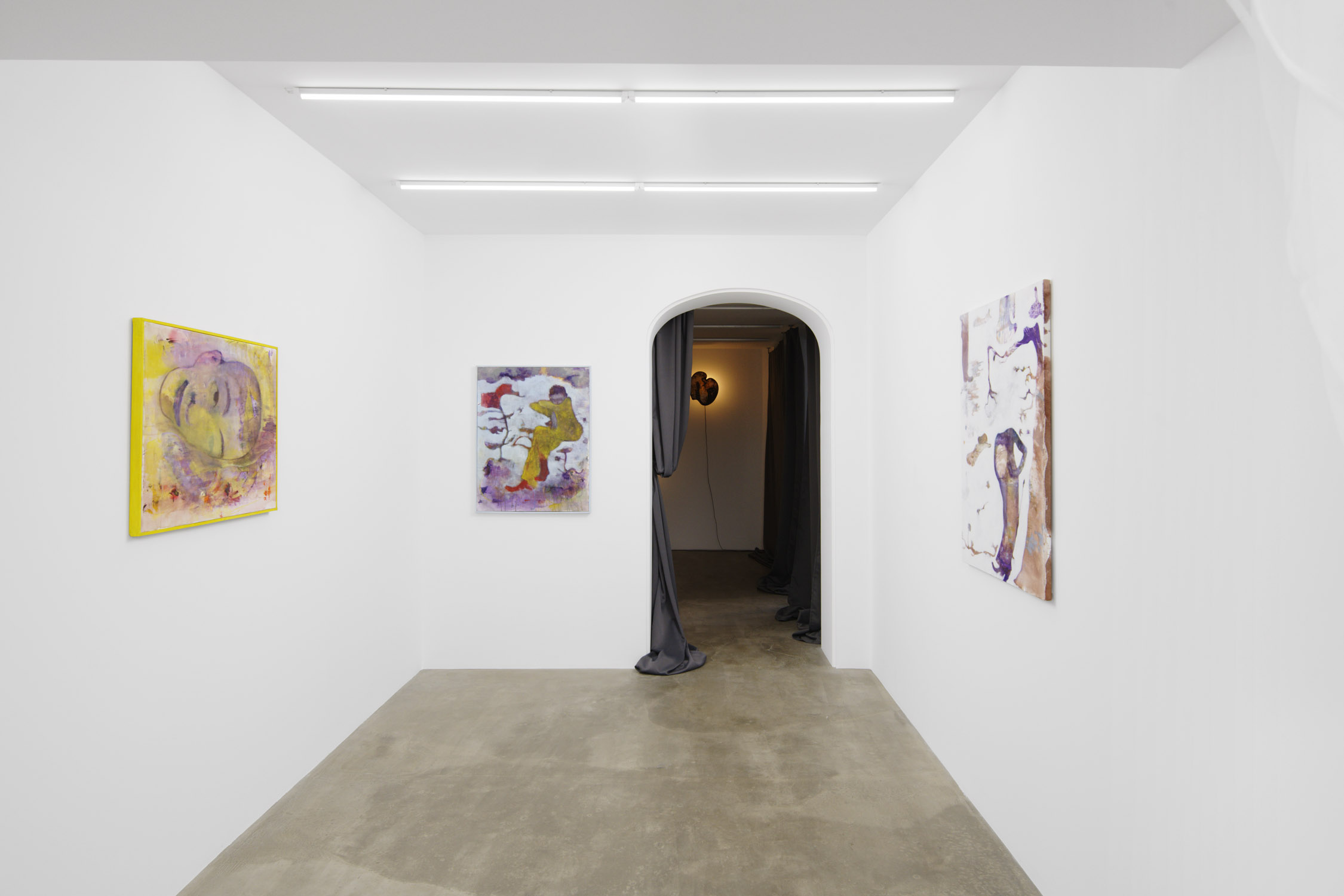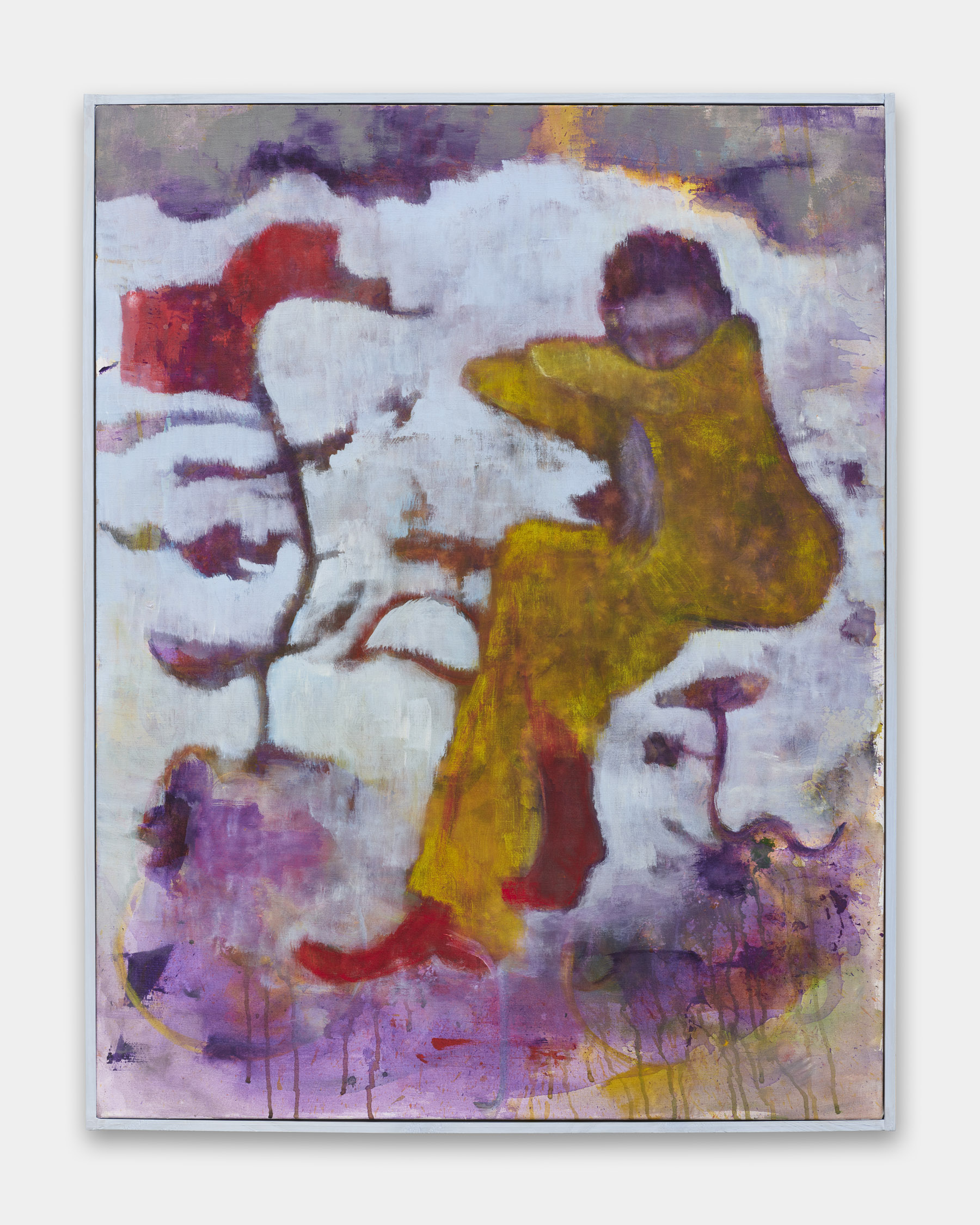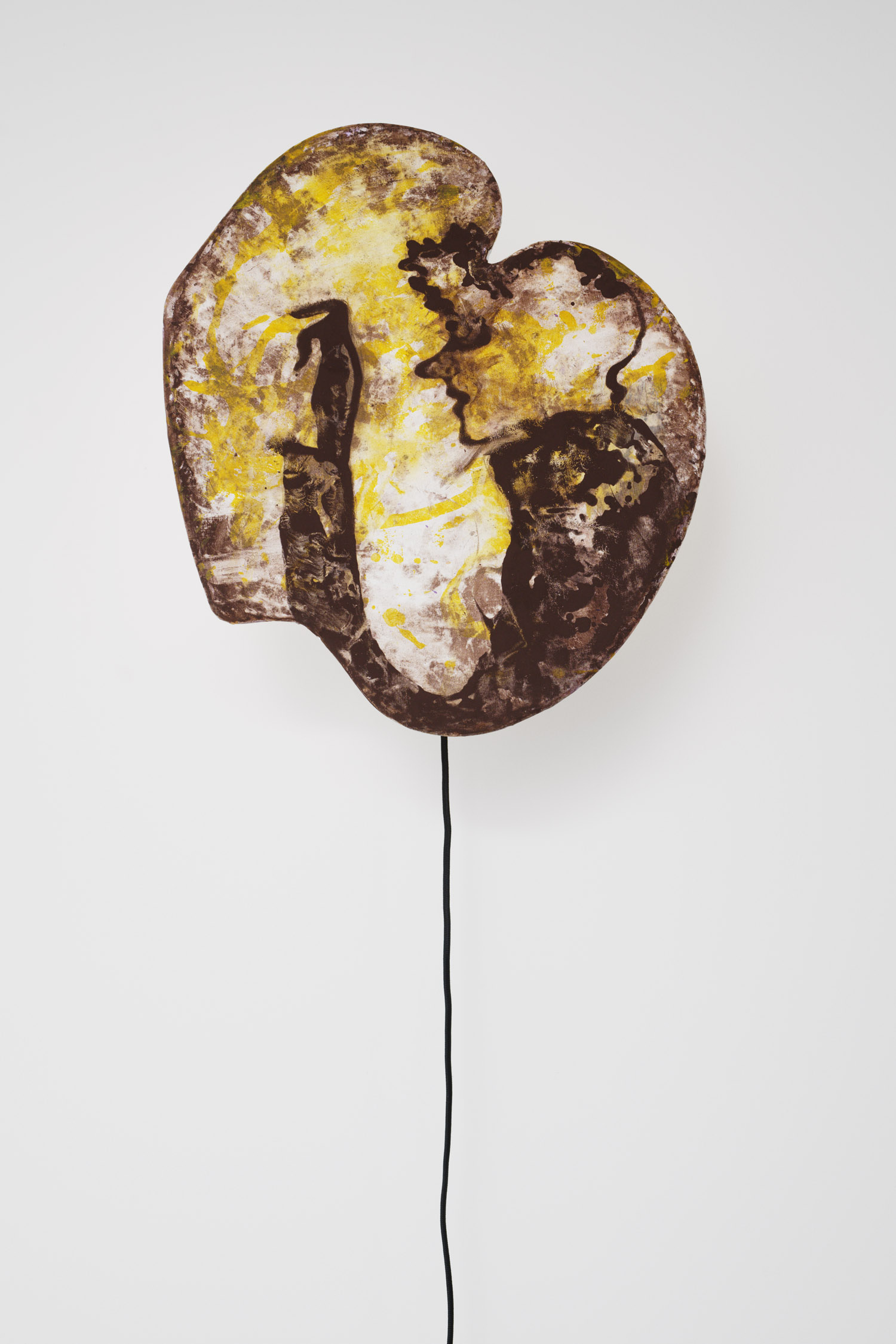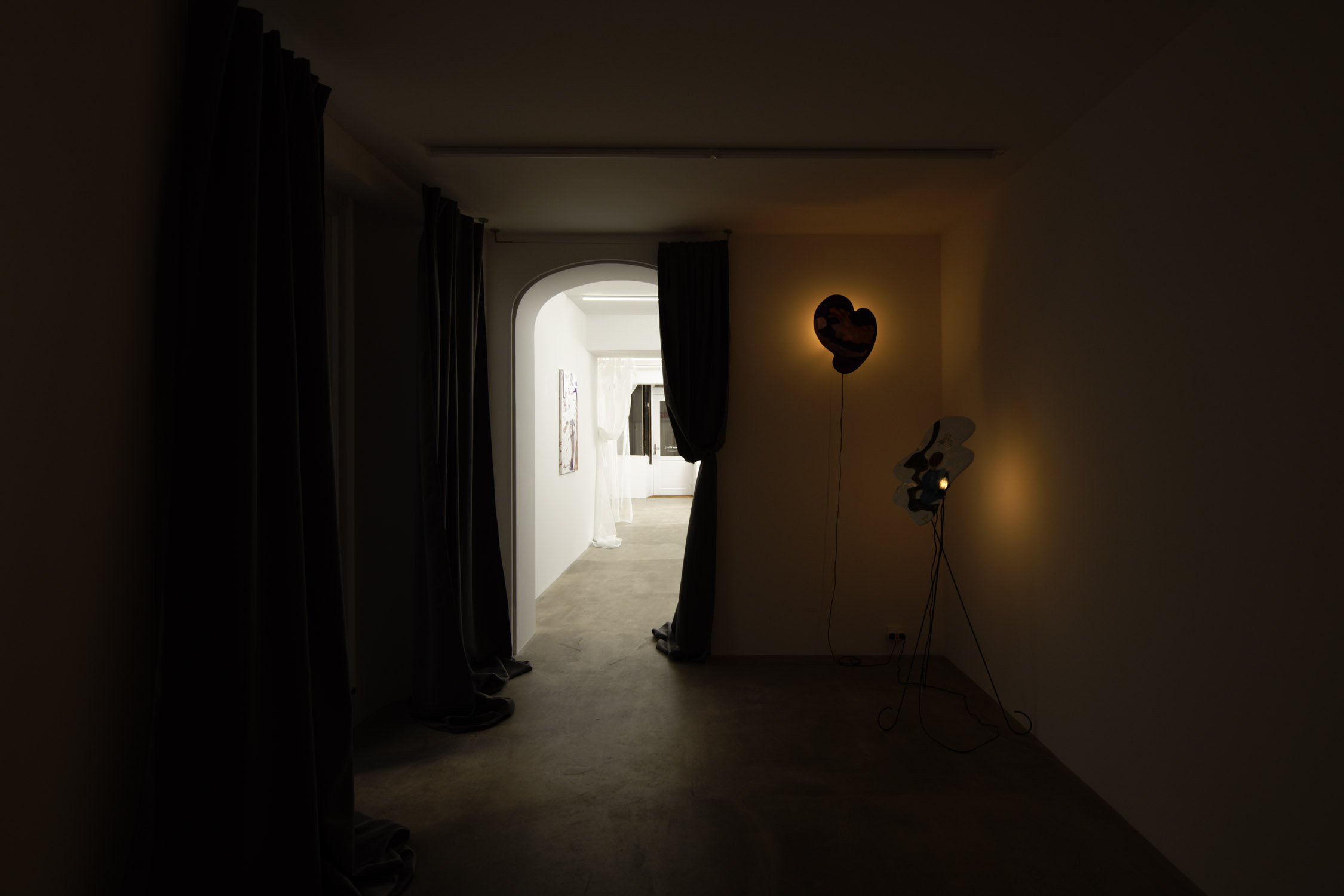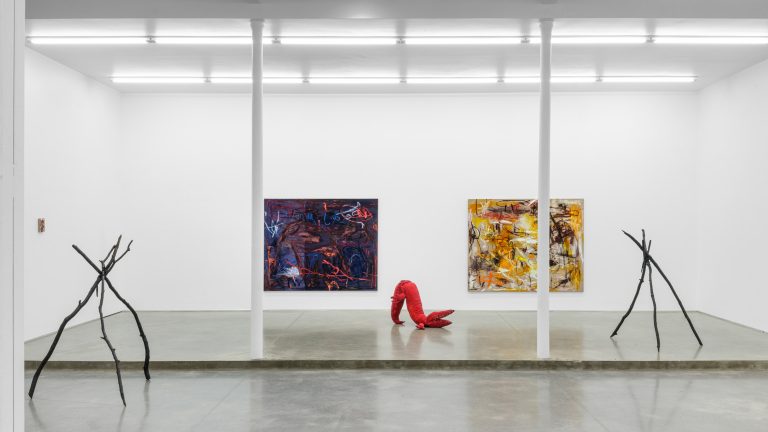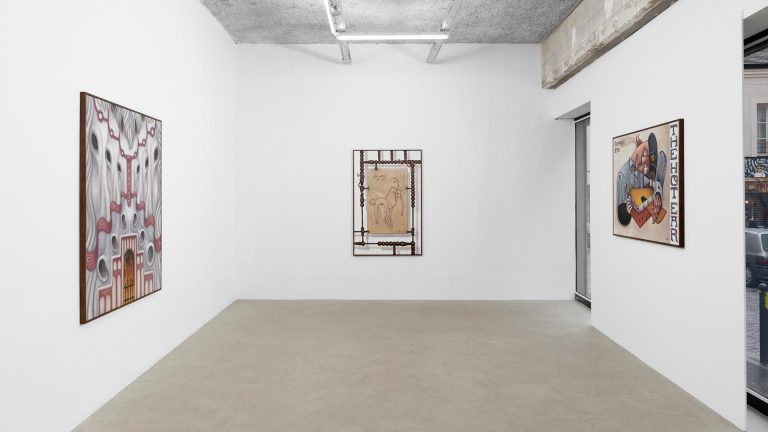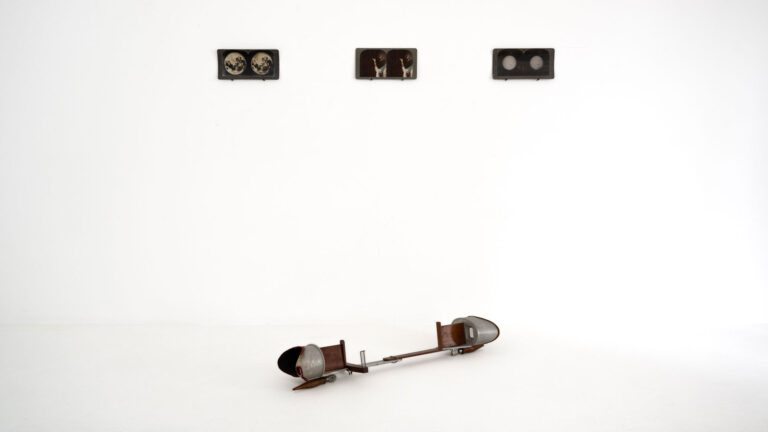“But who knows the temporal dimensions of the forest? History is not enough. We should have to know how the forest experiences its great age; why, in the reign of the imagination, there are no young forests.”
Gaston Bachelard, The Poetics of Space, 1957, as translated by M. Jolas, 1994, Beacon Press.
The cooperative eye hypothesis is the basis of one of the debates on human exceptionalism that has animated science for several decades. Among mammals, and a fortiori the great primates, we are the only ones who can look at one another, as the adage goes, in the whites of the eyes. The human sclera is unique in the depigmentation that lends it its white color and its large size. Contrast with it gives our irises a singular presence. One of the reasons for this evolution could be the importance of the movement of our eyes in nonverbal communication. Another reason could be the incomprehensible randomness of evolution. By standing out clearly inside the eye, our pupils point, support, insist or evade: they say a certain number of things without recourse to words or hands. For his second exhibition at Sans titre, entitled “Those yes in your eyes,” the artist Jessy Razafimandimby engages the question of gaze, and ways of communicating that refuse to employ the vehicle of orality.
It must be said that as the artist prepares this exhibition, his family stands on a threshold: that of parenthood, and the creation of an intimate space soon to be disrupted by the arrival of a child. Yet the question of mute dialogue has always animated his work, notably through representation of familiar animals such as dogs, the companion species that often cohabitates with the characters in his paintings. We speak in particular of cultural coevolution to describe the relationship that has linked us to our canine companions for 15,000 years, and which has seen dogs’ eyes transform: a small muscle, which does not exist in wolves, allows them to raise their eyelids to reward us with a sustained look. Often studied in relation to the look that a child gives its parent, the dog’s gaze thus triggers in humans a similar nourishing instinct.
Visitors are invited to wander through two rooms in which large curtains separate the canvases that make up the exhibition. Linen, in the Christian tradition, whether it is used as liturgical clothing, a shroud, or a veil, is a symbol of protection and revelation that the artist deploys deliberately here. In small niches, separated by textiles, each painting works with a grammar of idle curiosity and lasciviousness. Characters are captured in positions of repose: seated, lying down, slumped in scenes that are sometimes pastoral, sometimes fantastical. Nature becomes bedding, an observation post or a promontory, an invitation to join the wonder and contemplation in which these dreamers seem to lose themselves. We find the presence of dogs, of course, but the artist’s bestiary extends to donkeys and oxen, witnesses to a very personal nativity. While the exhibition presents new experiments in elongated formats, the artist perseveres in his affection for painted objects, such as a chair seat on which sleeping faces float in autumnal hues. Covered with a modest veil, this painting invites respect for the tranquility of its characters and sets the tone for an exhibition typified by a hushed softness.
On the other side of the alcove that separates the two rooms of the gallery, a second room contains a muffled atmosphere in which one can almost hear the whispers of the night. Inhabited by lamp-works, this low-lit room casts the motif of the tabernacle: the modest tent that, long before the construction of cathedrals, served as a sanctuary for God. Thus dramatized, this space engages with the perception of intimacy and the idea of the vigil, a shared wait that lets the night pass, during which any form of light becomes witness to contemplation or rest. In the work of the philosopher Gaston Bachelard, a tireless surveyor of domesticity and oneirism, painting and language contain a “virtue of clarity and (of the) force of a dream.” In this second space, the idea of sleep is not limited to the simple suspension of the day or of consciousness, but presents itself as a place of vision and of an experience that connects us to our inner worlds.
-Thomas Conchou
Jessy Razafimandimby (born in 1995, Madagascar) lives and works in Geneva and Marseille. He received his Bachelor’s degree in Visual Arts from the Geneva University of Art & Design (HEAD) in 2018.
The artist is a winner of the Kunstpreis Kiefer Hablitzel 2021 – Swiss Art Awards.
Selected solo exhibitions include Hakanto Contemporary, Antananarivo (2024); Valentin 61, Lausanne (2022); Sans titre, Paris (2022); Art au Centre, Geneva (2021); 13 vitrine, Renens (2021); Espace HIT, Geneva (2021); Arsenic, Lausanne (2020); 1.1., Basel (2020).
Razafimandimby has participated in group exhibitions at C L E A R I N G, New York (2024); Dortmunder Kunstverein (2024); Tabula Rasa, Beijing (2024); Fonds d’Art de la commune de Plan-les-Ouates, HiFlow, Geneva (2024); KNMA – Kiran Nadar Museum of Art, New Delhi (2023); the 6th edition of the Dhaka Art Summit, Bangladesh (2023); Castle Gallery, Los Angeles (2023); Forde, Geneva (2023); Sans titre, Paris (2024 & 2022); June, Berlin (2022); Walgreens windows – The Bass Museum of Art, Miami Beach (2021); La Biennale Architettura, Venice (2021); Urgent Paradise, Lausanne (2021); La Vraie Vie (with Niels Trannois), Geneva (2021); Centre d’Art Contemporain Geneva (2021); La Becque, La Tour-de-Peilz (2020); Limbo Space, Geneva (2020); WallRiss, Fribourg (2019); Alienze, Lausanne (2018).
His performances have been held at MAH – Musée d’art et d’histoire, Geneva as part of the residency program “Masswascut”, curated by Anissa Touati (2024); Centre d’Art Contemporain, Geneva (2021); Bad House Performance Festival, Mad House, Helsinki (2021); La Becque, La Tour-de-Peilz (2020); Arsenic, Lausanne (2019).
Razafimandimby’s work is featured in the collection of Zhi Art Museum, Chengdu.


